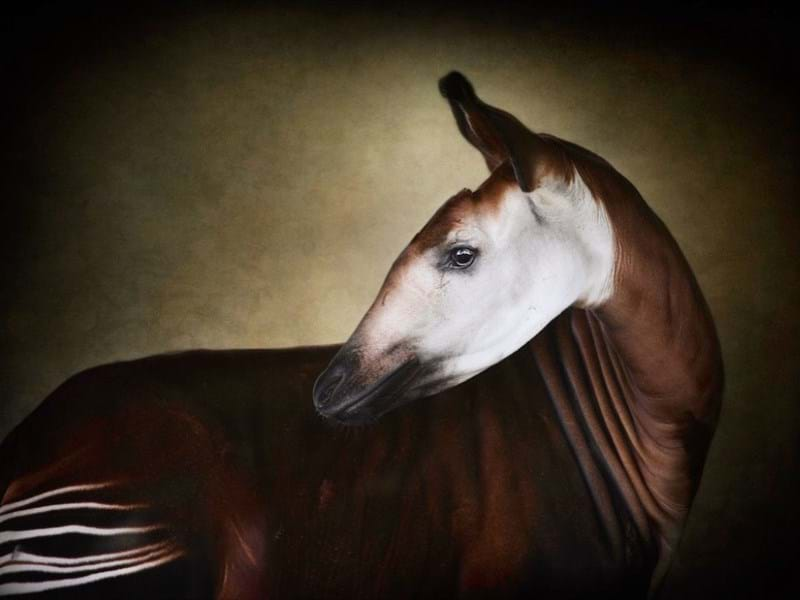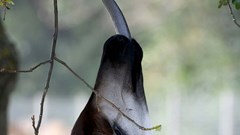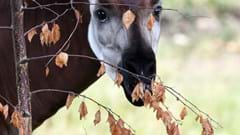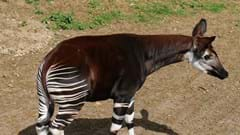Okapi
Meet the Okapi, a fascinating animal often referred to as the ‘Forest Giraffe’.
Okapi are native to the northeastern rainforests of the Democratic Republic of the Congo in Central Africa. They are very shy, solitary and elusive animals. They use their long tongue to strip leaves from tree branches and shrubbery in the lower canopy. Their most defining feature includes the horizontal black and white stripes found around their rump and upper forelegs. Male okapis average around 2.5 metres long and stand about 1.5 metres at the shoulder. Females are generally slightly taller and weigh a little more than adult males.
SPECIES
It is hoped that when Nuru and Ruby reach sexual maturity they will be able to mate and help bolster the number of Okapi within the European breeding programme. At present these are less than 70 Okapi within the programme across Europe.
DID YOU KNOW?
Even though Okapi look more like a Zebra or Deer, they are in fact the only living relative of the Giraffe!
THREATS
The species is most concentrated in the forests of the Ituri, Aruwimi and Nepoko basins. Okapi are vulnerable to large-scale intensive disturbances such as tree logging and human settlement. In some regions Okapi are also hunted using cable snares for their skins and meat.
NUMBERS
Latest estimates predict fewer than 4,500 individuals living in the wild with the population drastically falling by over 40% between 1995 and 2007.

What's on today
Sorry, it doesn't look like we have any shows on today.
Nearby? Also look out for…
Subscribe
Get the latest news & offers from Yorkshire Wildlife Park!










